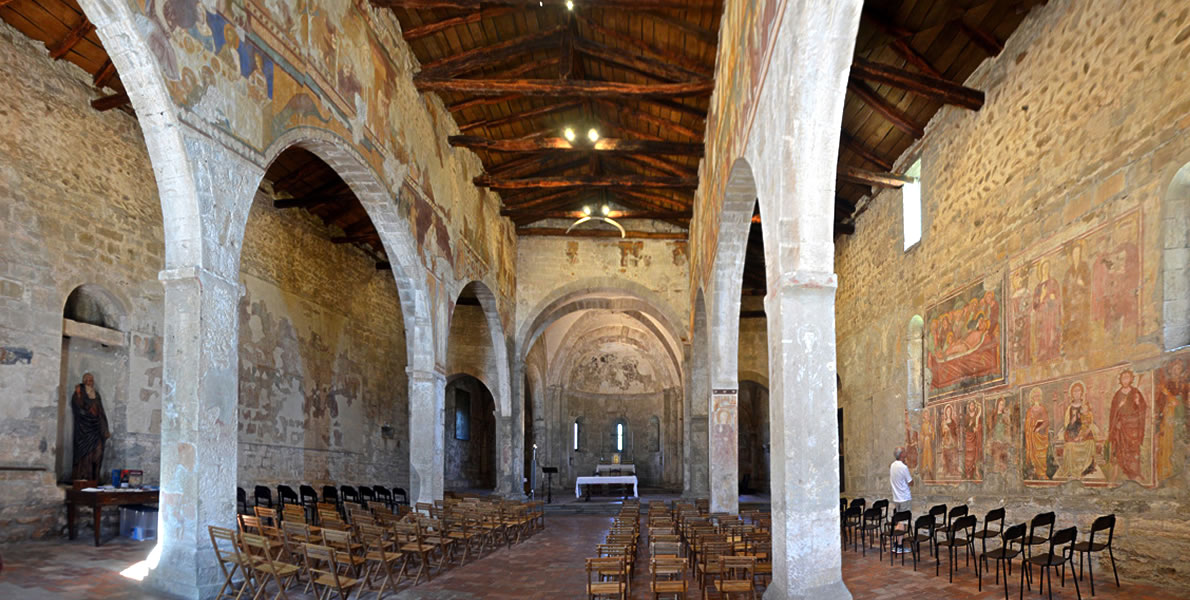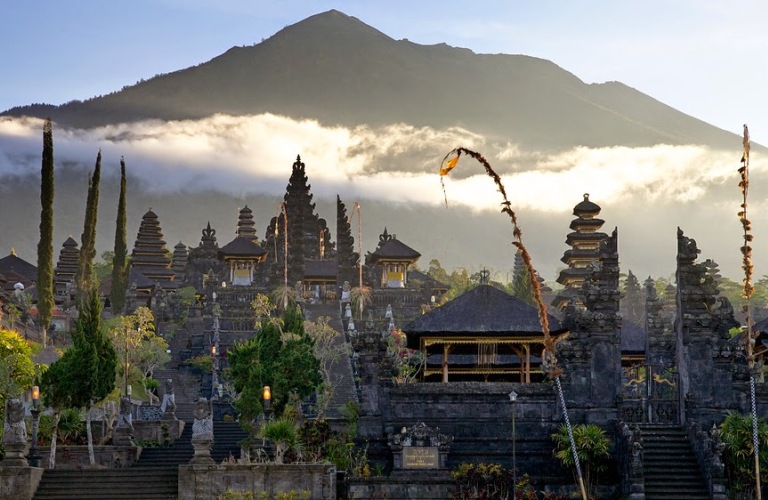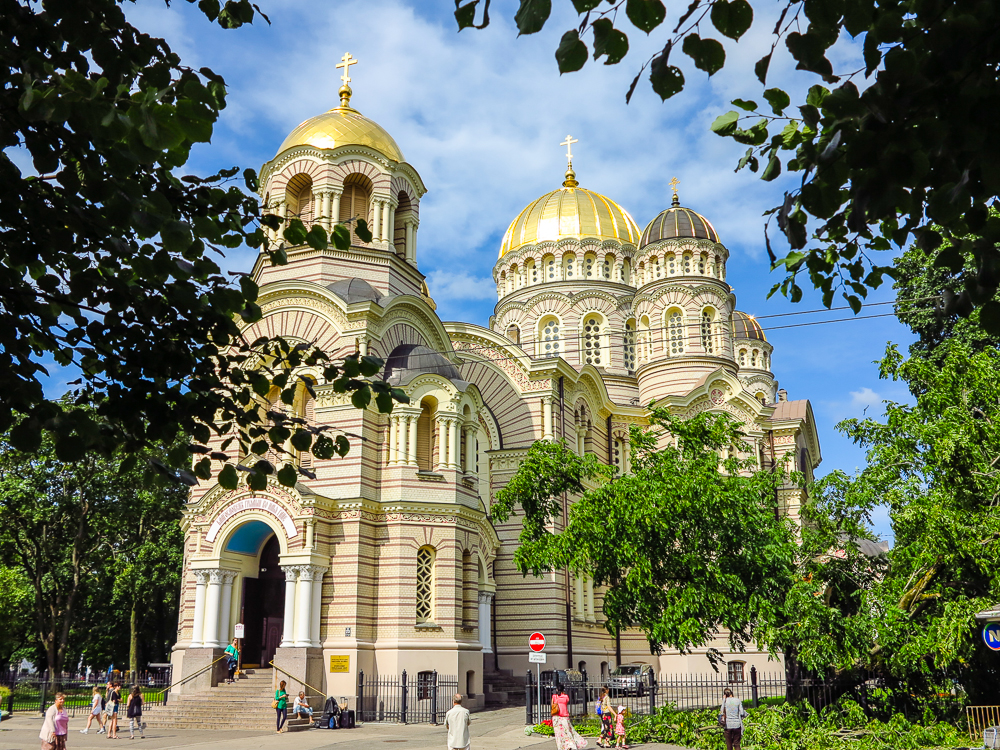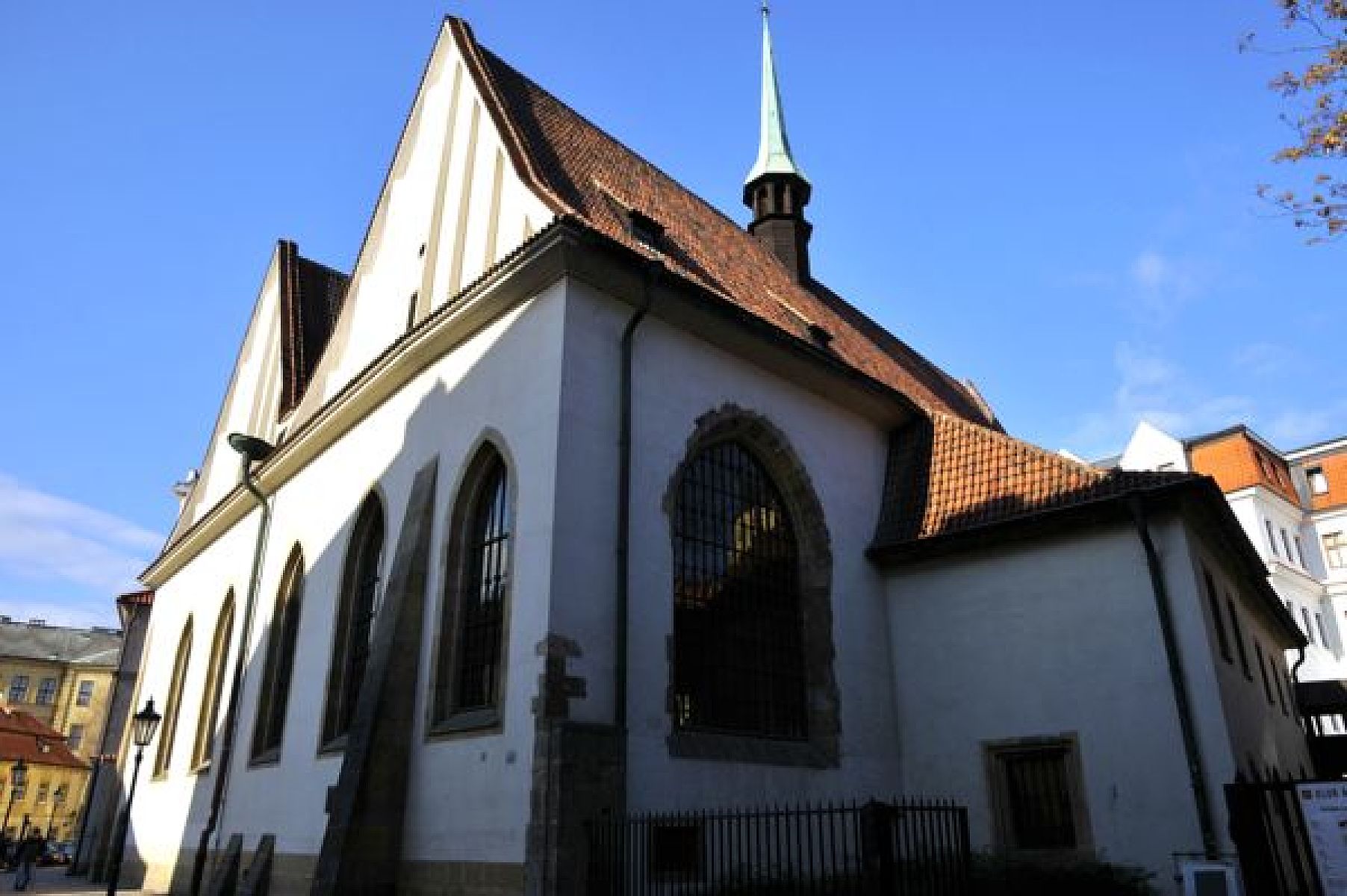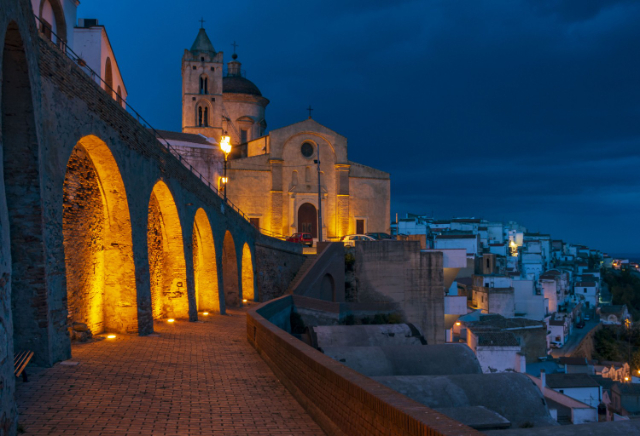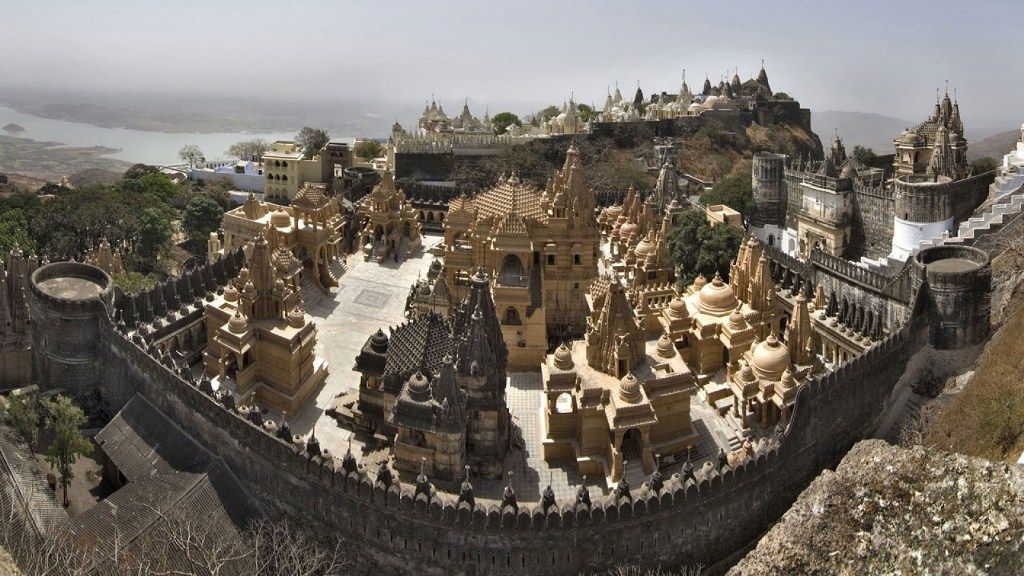At about five hundred metres from Madonna del Castello, still in the municipality of Almenno San Salvatore, we find the church of San Giorgio.
It is a Romanesque building with a basilica structure with three naves, dating back to the XII century.the building, with a solid architecture, preserves inside a splendid cycle of frescoes of the XII and XII century: there stands out, among other things, a great St. George on a white horse.
These frescoes are considered to be the most important example of medieval painting in Bergamo; they are works of great beauty, which testify to the different sensibilities and artistic skills of the times when they were created and, as a whole, they constitute a polychrome scenario of great visual impact.
Some of these frescoes, such as the Majesty in the apse and the symbols of the four evangelists, the oldest, are particularly perished and barely legible, but their remains give an idea of their original beauty. The symbolism that presides over the Majesty, recalls the most ancient frescoes of the XII-XIII centuries: they are the expression of a Romanesque language with Byzantine reflections, works of artists from the Bergamo area, such as some saints frescoed on pillars, torn off to protect their preservation.
There is no certain documentation about its foundation; the only sure date is 1171, when it appears that the church already existed and was founded by the bishop of Bergamo, the only one able to support the construction of an ecclesiastical building in a territory subjected to him, in order to meet the new devotional and liturgical needs of a growing population.
The church was built in two moments, as it is possible to notice from the different materials and techniques used: better and more accurate in the first wall texture in sandstone than in the second one in borlanti.During the Manzoni’s plague of 1630 San Giorgio, in an isolated position with its small cemetery, became the Church of the Dead, keeping this function also after the end of the plague, with a greater devotion and attention for the building maintenance, so that the surviving frescoes were saved.he façade has a double colouring due to the different materials used in the two phases of construction of the building: the lower part in well squared blocks of sandstone and the upper part in less noble material, limestone and light in colour almost white. The combination of the two colours, perhaps unique in sacred architecture, testifies to the two construction phases without detracting from the beauty of the building.The design of the apse is of great elegance and lightness due to the slender columns that delimit the niches and frame the small windows.
